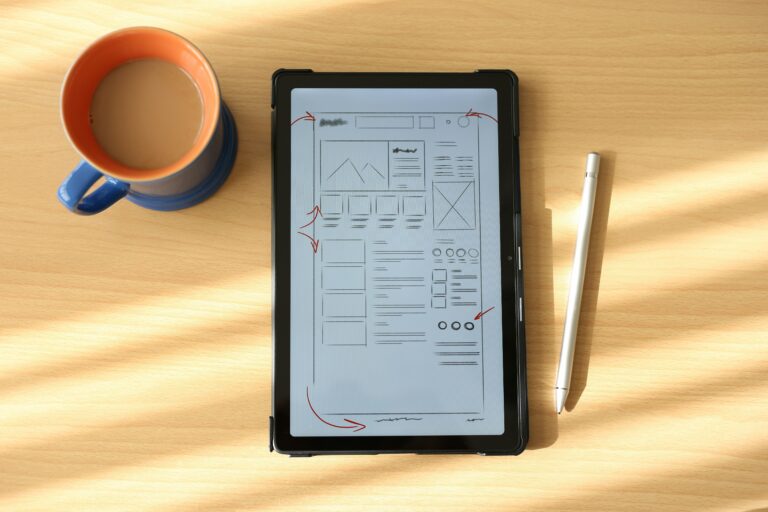Product Design Manager FAQs
- What is a Product Design Manager?
- A Product Design Manager guides execution of the product design team objectives, managing all areas of the product lifecycle. They are responsible for upholding all design standards, showcasing best practice design processes and applying these where required.
- What qualifications do you need to be a Product Design Manager?
- To be a successful Product Design Manager, you may have a Master’s degree in Product Design.
- What is the role of a Product Designer?
- A Product Design Manager guides execution of the product design team objectives, managing all areas of the product lifecycle. They are responsible for upholding all design standards, showcasing best practice design processes and applying these where required.



